Brilliant lens, APS-C sensor, Leica German quality, stunning IQ and yours for only £750-1000.
There is an old adage that if something looks too good to be good to be true then it most probably is too good to be true. But in this case the old saying does not apply. If you lust after a real Leica — not a Panny Leica — but your budget does not stretch to Leica prices there is a Leica for you. It is the much maligned Leica X Vario. Shunned by buyers and maligned by the Leica haters and baiters and a few internet bloggers who should have known better, the X Vario is a brilliant camera. A real Leica classic. Let me convince you.
The first stage in buying an X Vario is NOT to Google it. What you find will put you off your breakfast.The only really reliable source for objective comments on the X Vario is right here at Macfilos. Macfilos — as always has the good oil. Secondly think about that absolutely stunning 28-70mm lens on the X Vario.
Arguably it is up there with the great classic Leica lenses. Now it’s true that it is slow at f/3.5-f/6.3. Six point three at 70mm had all the haters and baiters spitting chips. But it was totally illogical. Most “kit” 28-70mm zooms are f3.5 to f/5.6 but the difference between f5.6 and f/6.3 is only half a stop — hardly worth getting worked up into a lather about, especially when that lens is the class act that it is. And when considering that superb lens, don’t forget that you are getting both lens and camera for less than the cost of the 18-56mm zoom lens for the CL and TL2.
Now the X Vario does not have an EVF. A big black mark for Leica there. But surely not a show stopper? There is a clip on EVF — which, although not elegant and not as bright as the latest EVFs, does get the job done.
Apart from the lens and the subsequent stunning image quality, the other big appeal of the X Vario is its build quality and the simplicity of its controls and menus. It feels and operates like a beautiful piece of German engineering — which it is.
If you are yearning for an M, or a Q or the new CL but they are way out of your price range then the X Vario is for you. Currently it is definitely the only Leica bargain around. The model was discontinued in the middle of last year but there are a few appearing in the used market. A friend picked up a mint X Vario from a seller through Gumtree for the equivalent of £900 here in Australia and today there are two at around £1,000 on eBay from Australian sellers. So they are around, you just have to look. Ok it is not the stunning new CL but it is a very worthy substitute if price is a total show stopper.
If you still have doubts take a look at a few of my personal X Vario photos. At the end of the day it is only about the photos-and the budget.
Read the full Macfilos review of the Leica X Vario
On the left is an example of a full X Vario kit, including handgrip and electronic viewfinder which is currently available (December 2017) at London’s Red Dot Cameras
- You can find more from John Shingleton at The Rolling Road and on Instagram
- Subscribe to Macfilos for free updates on articles as they are published
- Want to make a comment on this article but having problems?

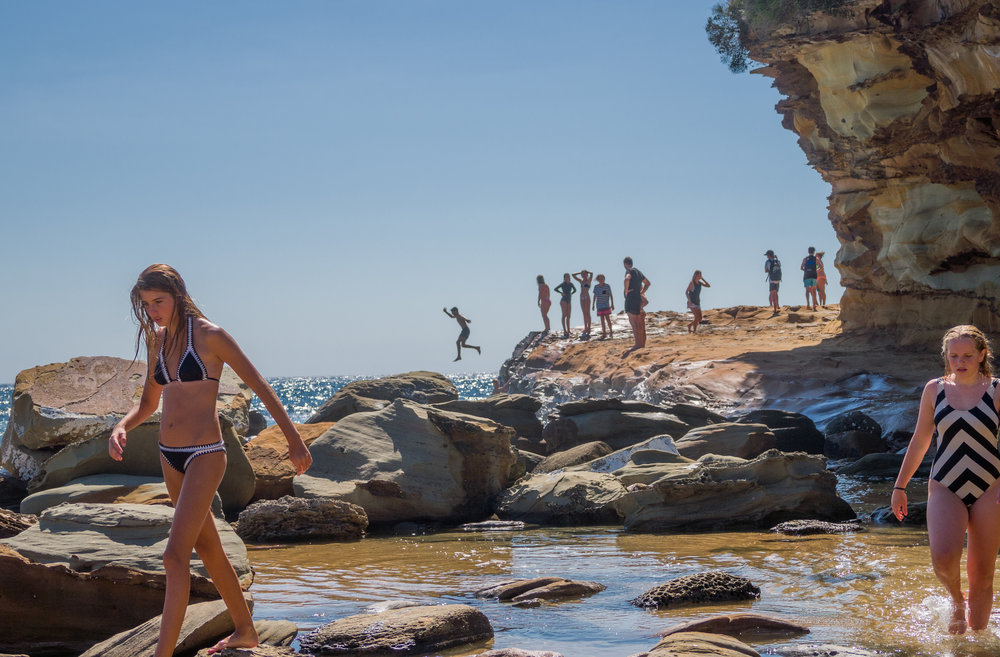

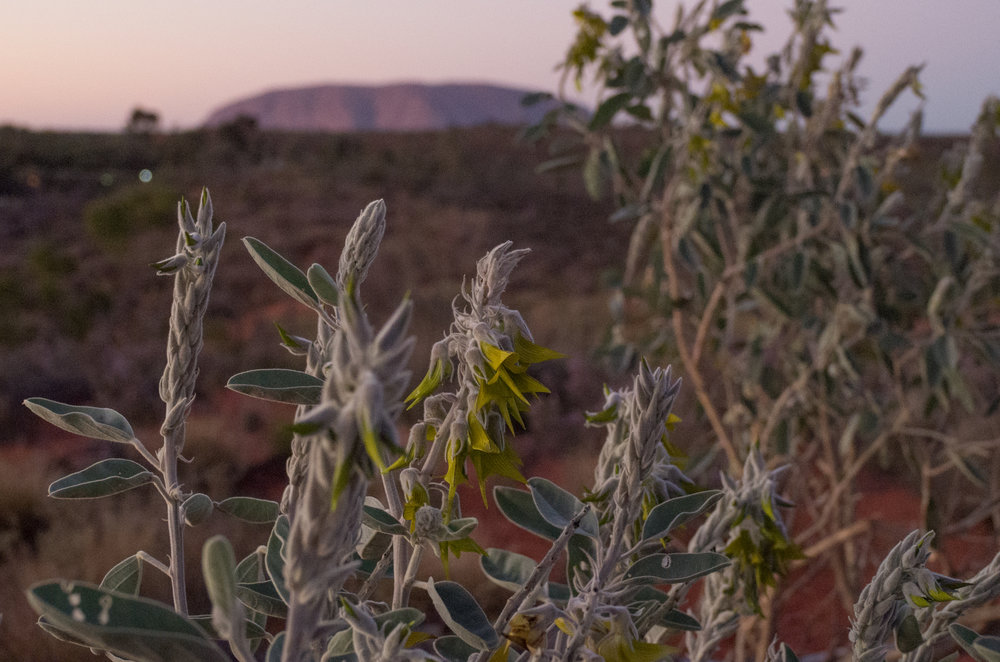
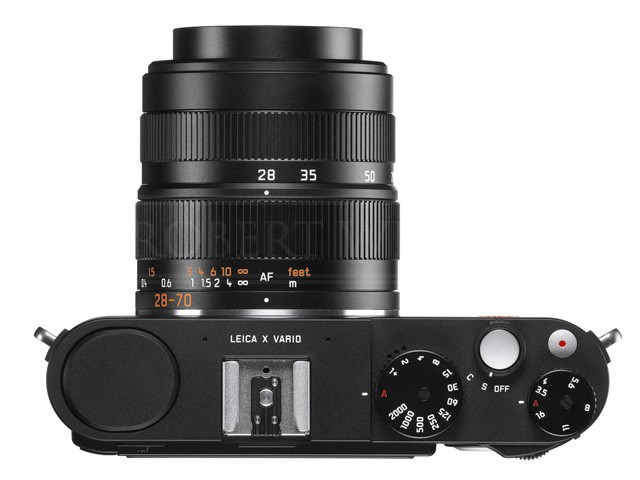
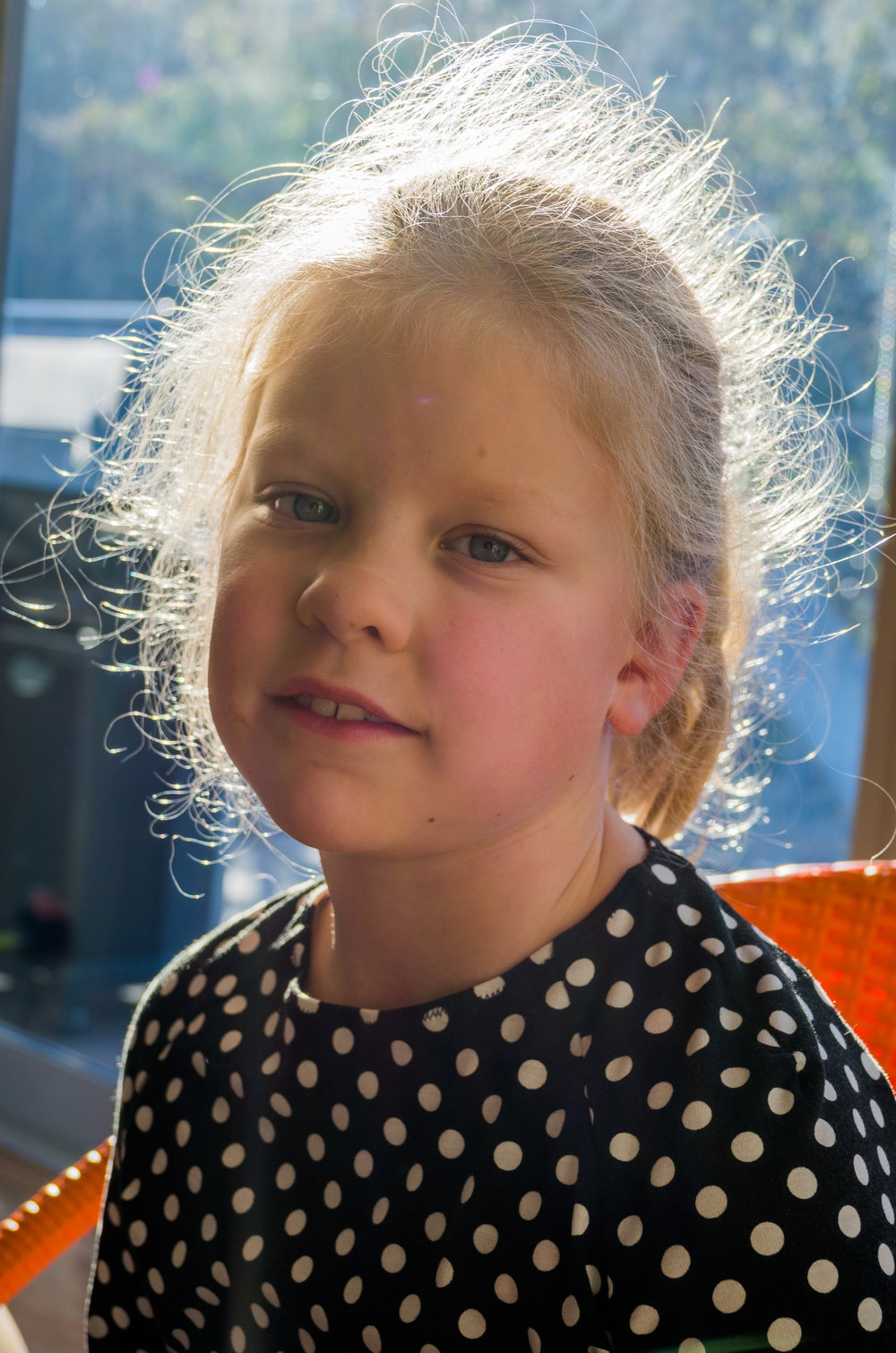
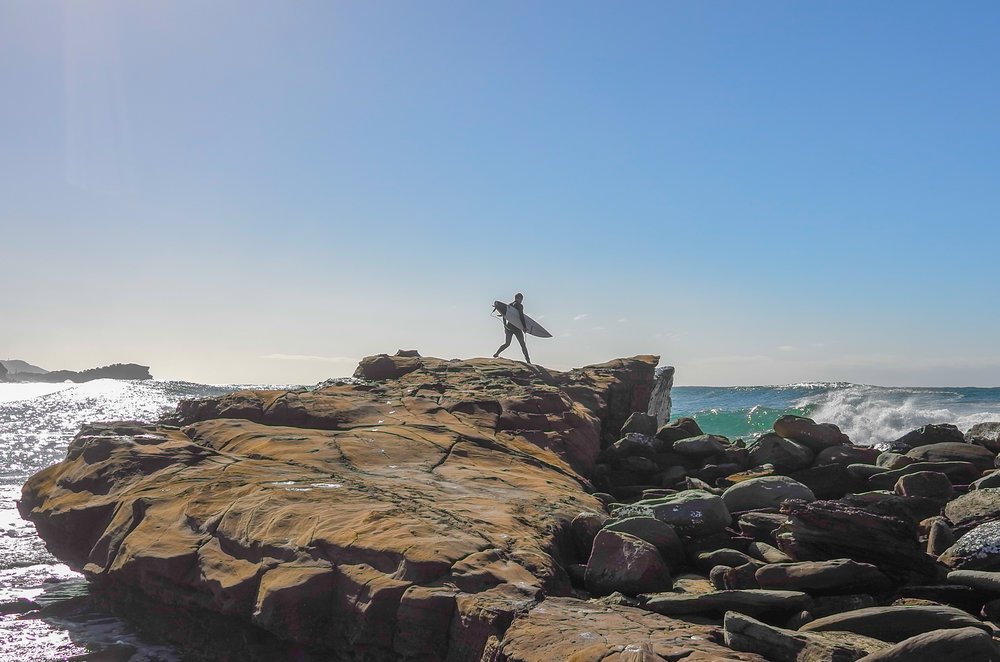
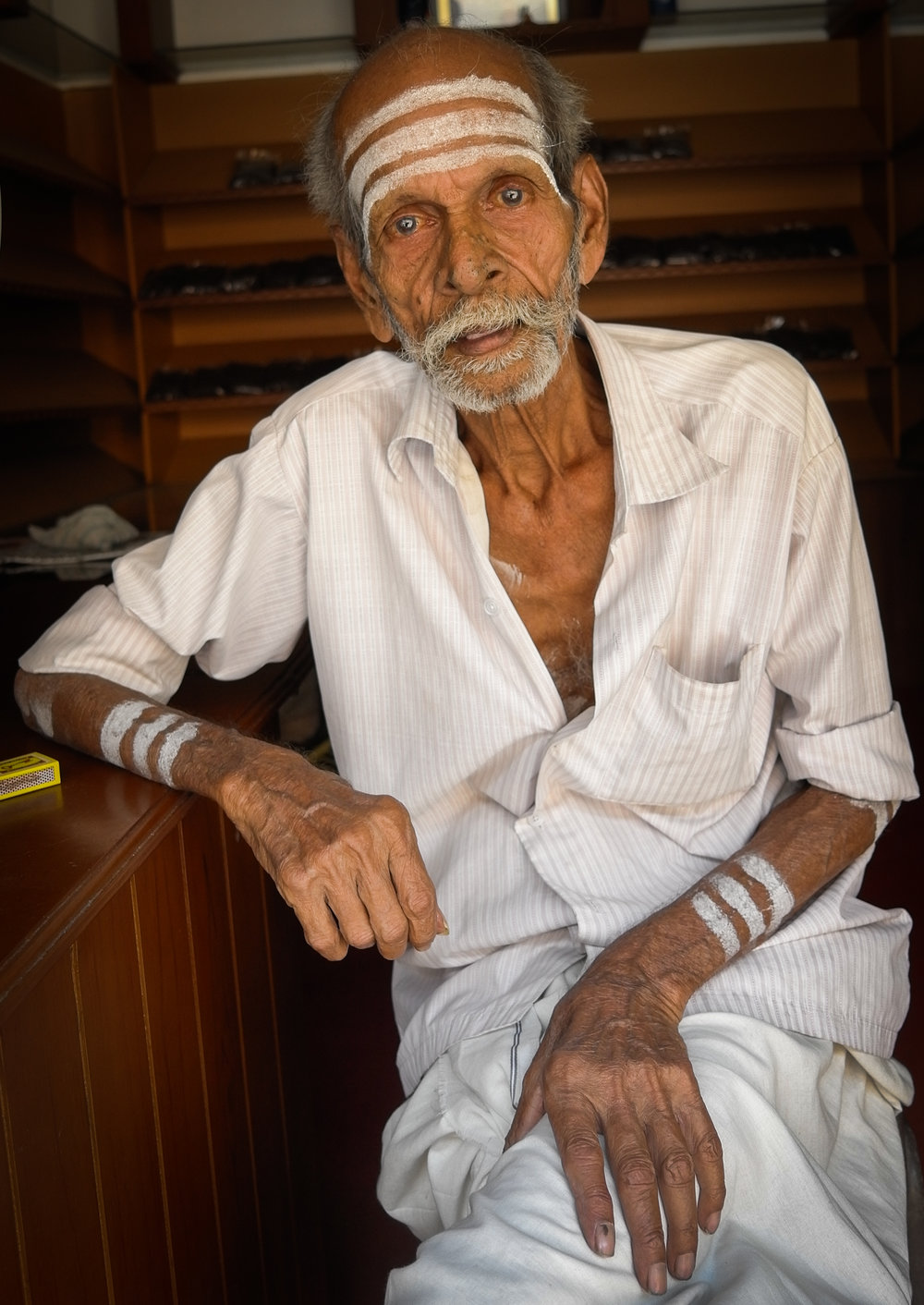
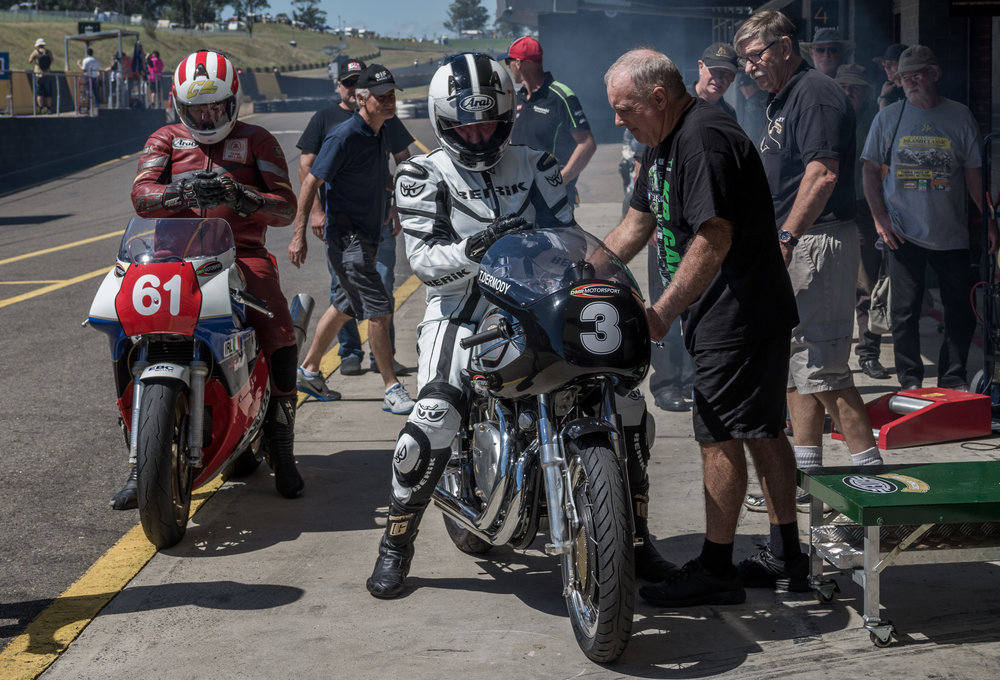
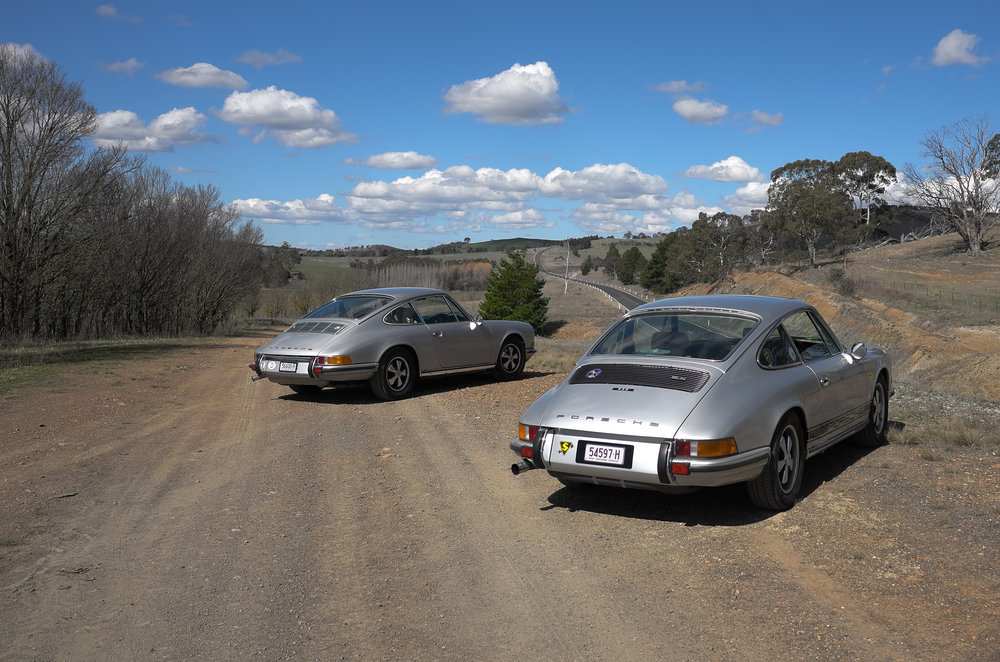
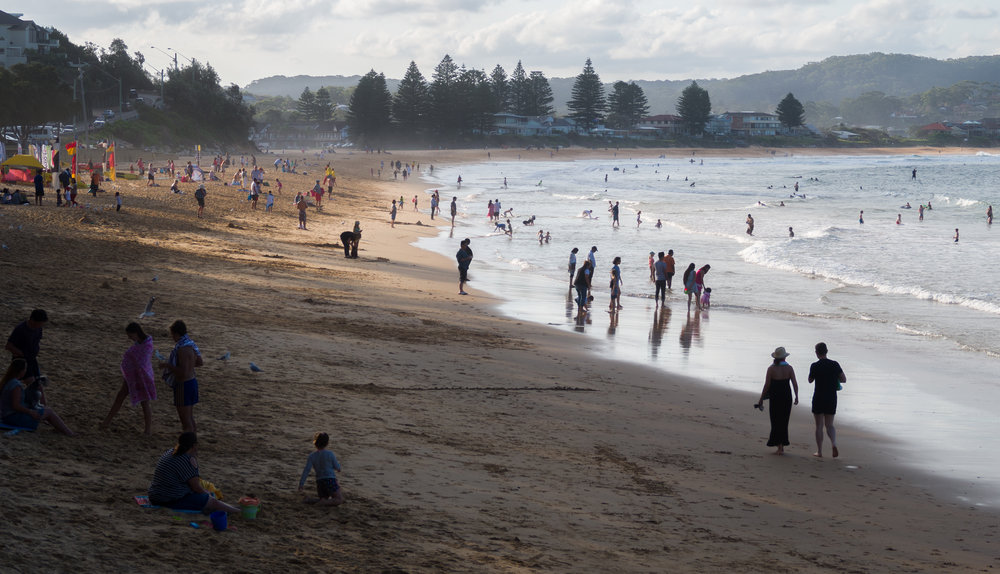
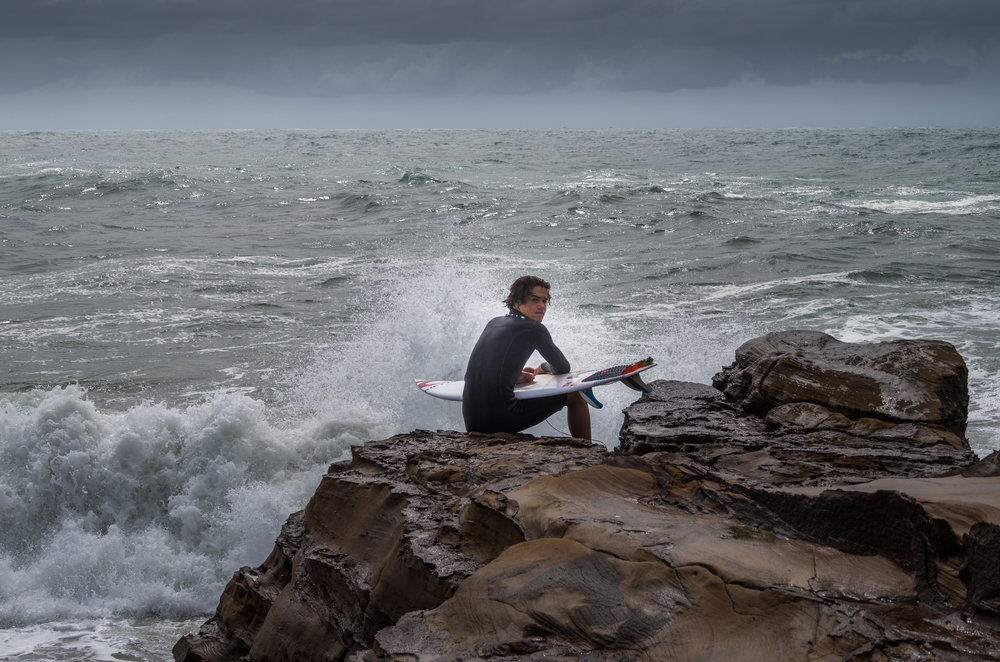
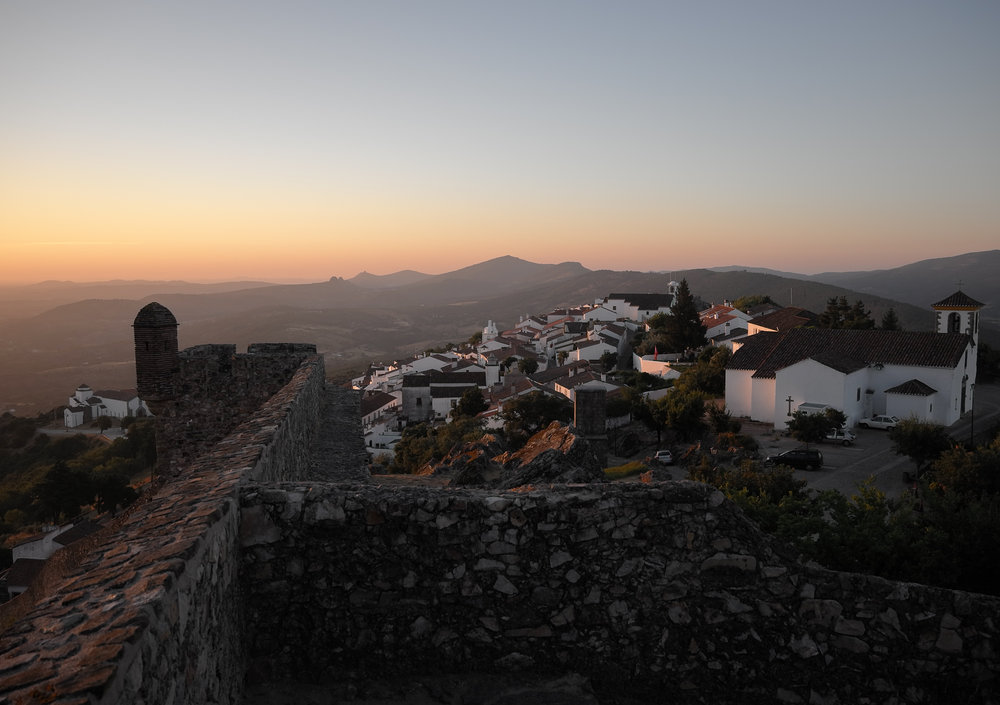
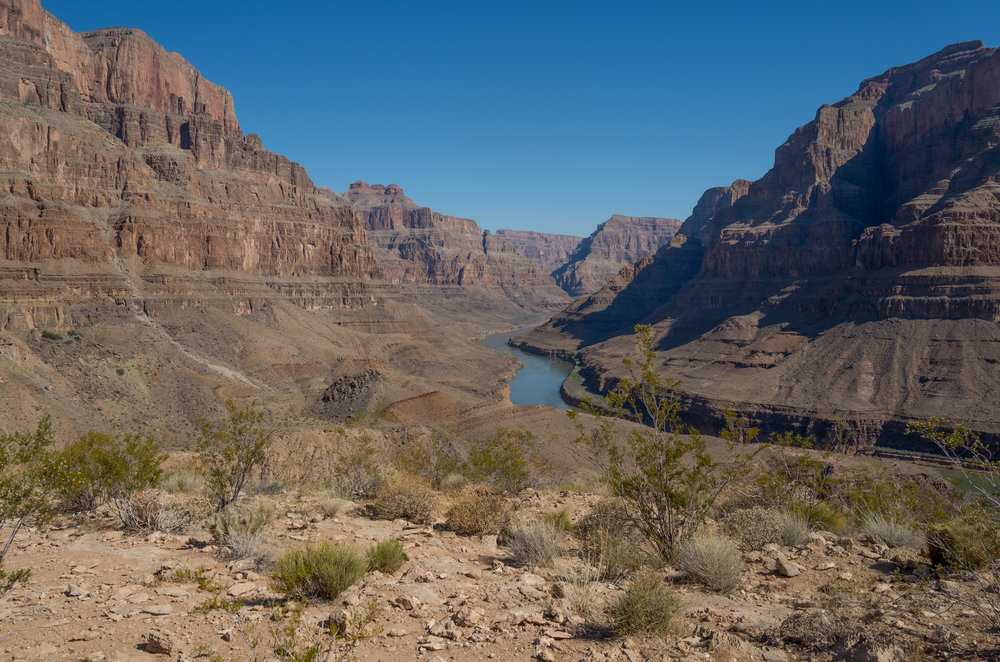
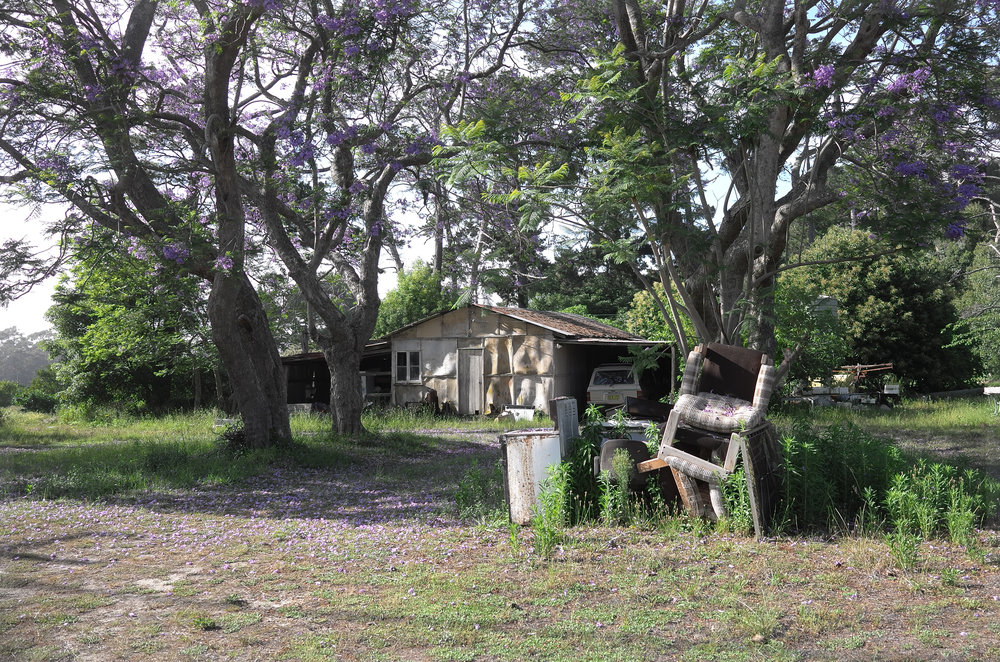
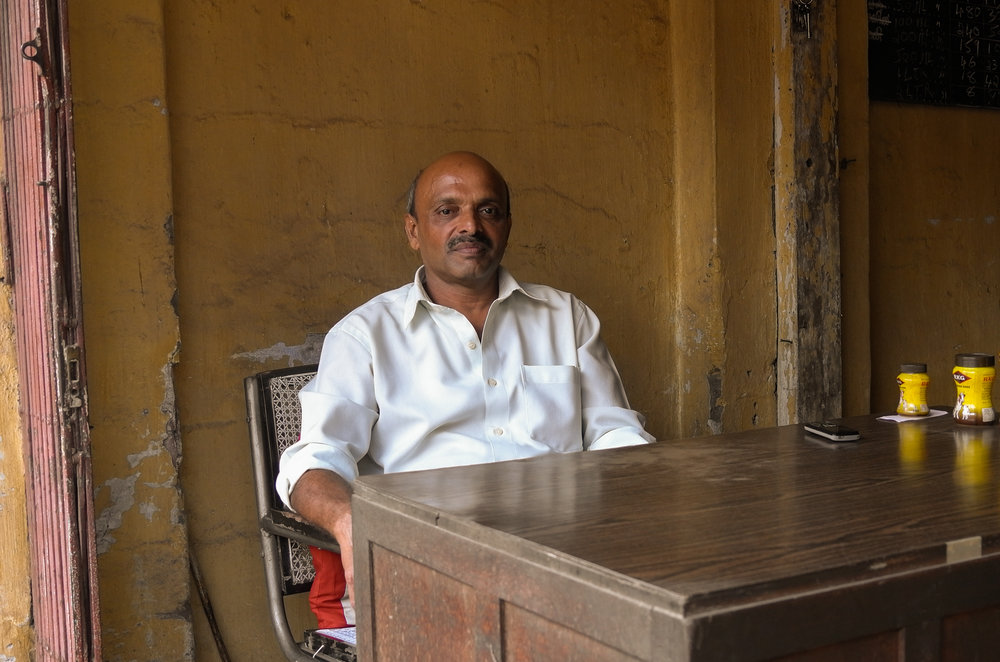
Much agree with all the posted comments…the X-vario’s images throughout its focal length ranges and at virtually any f-stop are stunning, especially when one considers todays used prices fpr one. With that said, I have been trying for months (or longer) to get a very objective answer to an observation I’ve observed with the jpegs for the X-Vario. No matter what settings (I’ve tested them all) I set jpegs to such as contrast or sharpness levels, fine or super fine and of using largest sized jpegs (doesn’t matter f-stop or focal length used), there is substantial artifacts or what I will call smearing/distortion of fine details and compression artifacts, seen on a longer distance image in the jpeg vbut not the same DNG raw file. It’s so easily seen.
If those here with an X-Vario set their zoom to 28mm and say f8 and take a shot at longer distance of an images with trees and leaves and even grass in front of them. On a monitor at 50%, 67% or even up to around 75%, the jpeg and raw seem close in detail. Then enlarge on the screen to actual pixels (100% since I print large) and examine texture/structure of tree trucks, leaves, grass etc. in jpeg and raw image. Striking differences are easily seen, not even close and makes the jpeg at 100% look downright inferior by a unusually wide margin.
I did the same test with the Leica Q and on Cl with the 18mm lens (eff 28mm), and the jpegs and raws were almost identical. Again the test is with fairly distant subject with lots of detail taken at 28mm (although seen at almost all focal lengths), and examine the jpeg and raw file at 100% (actual pixels). There is a some but a lot less of this difference if subject is much closer and detail demands on the sensor resolution is not as great). I repeated this test with a 2nd X-vario and same observations.
I’d appreciate those that try this test, to post their observations. Thanks so much.
David
John, your photograph of the Aboriginal gentleman is very beautiful.
Chris
Thank you, Chris. The gentleman is in fact Indian and the photo was taken in the spice market in Kochi,Kerala,India. I believe the white stripes are indicators of which Hindu deity he worships-a sort of religous barcode.
I am very pleased with mine which I got a few month ago for £1200. I see that Ffordes have one up at the moment for £799 looks like a bargain.
That is a good price, depending on condition of course. Presumably this is without accessories whereas the one I linked to at Red Dot had the viewfinder and grip, together worth about £250 secondhand. It also has the box which, as you know, adds a few pounds to the value in the eyes of prospective buyers. But a bargain nevertheless.
I regret selling my X-Vario.
So do I!
The X Vario is a superb camera and very much under-appreciated after the ‘know-all’ naysayers decided, at ‘launch’, to ignore Jono’s excellent review and shoot the camera down in flames … unaware that in this digital age, fast lenses are less important than a camera’s ability to give consistently good results throughout its zoom range and at any aperture … not forgetting its relatively broad and very usable ISO range. All those naysaying armchair camera designers needed their bumps feeling and likely prevented the camera achieving well deserved sales. I doubt if any of them ever used the XV for any length of time … if at all … and they should be ashamed of their ignorant opinions … especially those of them who frequently/regularly stir the ‘mud’ (there’s another word I should have used!) on the Leica Forum … and whose loyalties are more with other manufacturers (e.g. by their own admission, ‘Canon’!!) than with Leica. They may have expert historical knowledge about Leica film cameras and lenses and the R series (apart from the DMR but that’s another story beyond their limited comprehension we can discuss another time) … but they know ‘Sweet Fanny Adams’ about Leica digital offerings and telecentric lens designs … always ready to criticise and seldom daring to post their own presumably masterpiece images. And let’s not forget that the X Vario is a superb close-up camera very capable of producing professional quality macro results when used with e.g. Raynox 150 and 250 ‘3 element’ achromatic supplementary close-up lenses … which have 43mm screw threads and thus screw directly onto the XV lens’ filter thread. I still use my XV regularly and it’s my preferred ‘tool camera’ for close-up photography when mounted on a Kaiser copy stand. And let’s not forget that the XV’s jpeg files straight OOC are superb and that some photographers are still unable to equal that quality after processing XV DNG files. Furthermore, in the UK, Leica Mayfair offers complimentary XV sensor cleans should the camera be in need … unlike Canon service agencies!
I would be happy to take any photos that looked this way!
Thanks John. There are plenty more like these.
For the same money though, you could get a good M8 and a Voigtlander lens…
Surely you are not serious?
I agree with both you and Hank, John. For me the EVF is also a must, but I’ve dispensed with the handgrip, because I dislike screwing it on and off each time I want to put the memory card into my card reader. And I’m thinking of getting a flip-bac simple bar to put on the front instead (I already have a discreet strip of thin metal on the thumb rest to raise the thumb clear of the command wheel.) The sheer delight of using this camera is enormous, and I’m glad it has had such a good press here on Macfilos.
For me there are two dream photos in your selection, John: the little girl portrait with the backlit hair and the Spanish white village (?) at sunset: so different, so excellent – and the same camera with its beautiful fixed lens.
John , the village is Marvao in Portugal-very close to the Spanish border.
It is a beautiful and very well preserved walled hilltop village topped by a castle. We stayed at a small hotel in the village and I did a reconnaissance of the castle in daylight to locate the best vantage point for the shot.Then I got up in the dark and crept through the silent cobbled streets and using a small torch climbed up onto the ramparts to be in place for the sunrise. I feel that it was worth the effort.
I don’t understand why you are removing the SD card to download your photos. I use the USB to camera cable which I keep permanently plugged into my Mac. I just plug in the cable to the camera and I do not have to take off the grip or take out the card.
As well as being more convenient this process means that I cannot forget removing the card and not putting it back into the camera. I did this once when I took out the camera minus the SD card to an important event and after that I adopted the cable process.
Completely agree. The X Vario is a fantastic travel camera. It cannot "do it all", but what it does, it does very very well (and that’s good for me for 95% of my photography). Grip and EVF are a must, in my opinion.